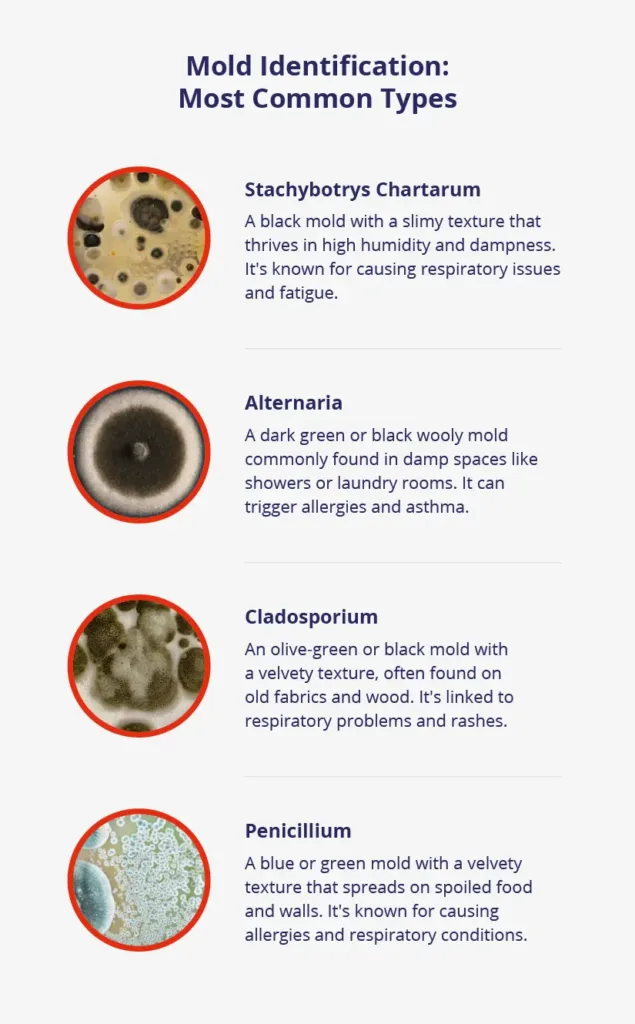
Welcome to our Mold Solutions Guide blog! Are you concerned about mold in your home? In this article, we will guide you through the process of home mold inspection, helping you identify and address any potential issues. Let’s get started!
Signs of Mold in Your Home: A Complete Inspection Guide
Signs of Mold in Your Home: A Complete Inspection Guide
When inspecting your home for mold growth, pay close attention to musty odors, visible mold growth, water stains, peeling paint or wallpaper, and warped walls or ceilings. Additionally, check for excess moisture and humidity levels above 60%. Conduct a thorough examination in areas prone to mold, such as basements, attics, crawl spaces, bathrooms, and kitchens. Remember to wear protective gear such as gloves and a mask when dealing with suspected mold. If you suspect a mold problem, consider hiring a professional mold remediation service for proper assessment and treatment. By being vigilant and proactive in detecting mold, you can ensure a healthier living environment for you and your loved ones.
Frequently Asked Questions
How can I perform a home mold inspection myself?
You can perform a home mold inspection yourself by checking for visible signs of mold, looking for musty odors, and examining areas prone to moisture like bathrooms and basements. Use a moisture meter to detect hidden moisture and consider hiring a professional for a thorough inspection if needed.
What are the signs that indicate the presence of mold in my home?
The signs that indicate the presence of mold in your home include musty odors, visible mold growth, water stains or discoloration on walls or ceilings, excessive humidity, and allergic reactions like sneezing or coughing.
Should I hire a professional for a comprehensive mold inspection?
Yes, you should hire a professional for a comprehensive mold inspection.
What areas of my home should I focus on during a mold inspection?
During a mold inspection, you should focus on areas with high humidity levels, such as bathrooms, kitchens, basements, and crawl spaces. Additionally, check around windows, ceilings, and pipes for any signs of water damage or leaks that could contribute to mold growth.
Are there specific tools or equipment recommended for a thorough mold inspection at home?
Yes, specific tools and equipment recommended for a thorough mold inspection at home include a moisture meter, thermal imaging camera, borescope, and HEPA vacuum.
In conclusion, conducting a thorough home mold inspection is essential for ensuring the health and safety of your household. By following the guidelines and tips outlined in this Mold Solutions Guide, you can effectively identify and address any mold issues in your home. Remember, early detection and proper remediation are key to maintaining a mold-free environment for you and your family. Stay proactive and vigilant in keeping your home healthy and mold-free.
![]()